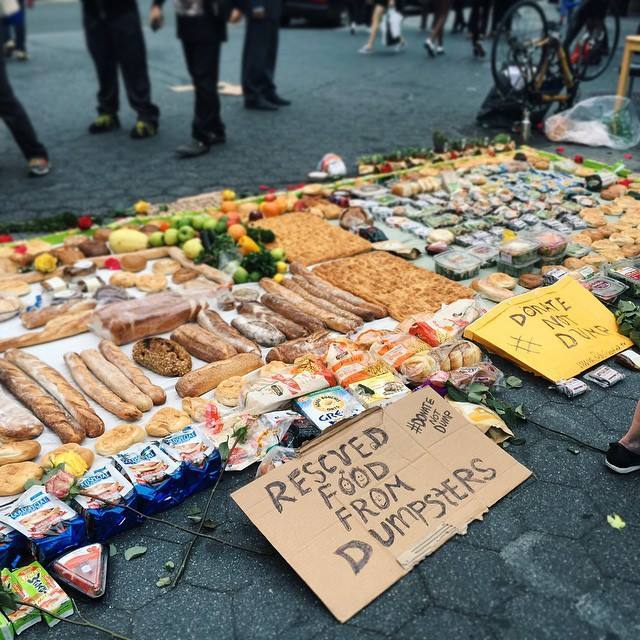Ahmrii Johnson
14 September, 2018

As many know, waste is a critical issue in the efforts toward environmental sustainability. What is considered waste? What do we do with our waste? What happens after the first step of disposing waste? How does the disposal of waste affect us? These are questions many people may consider from time to time, especially city-dwellers. While society and our nation’s federal government has made significant progress in the active policy-making push towards the sustainable nature of our nation, there is still much progress left to be done and at this point the world must rely on creative thinkers to accomplish more.
One enterprising leader of the sustainable movement is chief executive of American Organic Energy, Charles Vigliotti. Beginning as a founder of a compost company in Westbury, New York, Vigliotti did not settle for the imperfect solution to waste disposal that composting is. After a while, Vigliotti began dabbling in food waste to increase the volume of his compost and in turn increase the business’ income. However, once Vigliotti and his workers were forced to resolve the issue of odors due to the composting of meats, his company produced a revolutionary process of breaking down food waste. His company expanded dramatically after developing the anaerobic digester, a high-tech plant that transfers food waste into clean energy on a massive scale. Vigliotti recognized the value of food waste as a resource in business, unlike oil and coal it is inexpensive and there is a high demand for its removal, especially in urban areas.
This development is revolutionary due to its environmental and financial effectiveness, and its representation of pushing past the imperfect solutions that we already have in place. Old fashioned compost facilities are not commonly found in New York City, or many metropolitan areas because the facilities require great amount of space for eh compost, space for processing equipment, and the area tends to create an intensely smelly odor. The plants used for the anaerobic digester have a small footprint and odors are contained mechanically. Although, the plants cost more to build and run than a regular compost site, it makes up for it by generating fertilizer and biogas which is similar to natural gas that can be burned to make heat and electricity. This innovation is a further large step on the path of managing the earth’s crucial renewable energy sources, and in turn allow for longer and healthier lives for the population.
